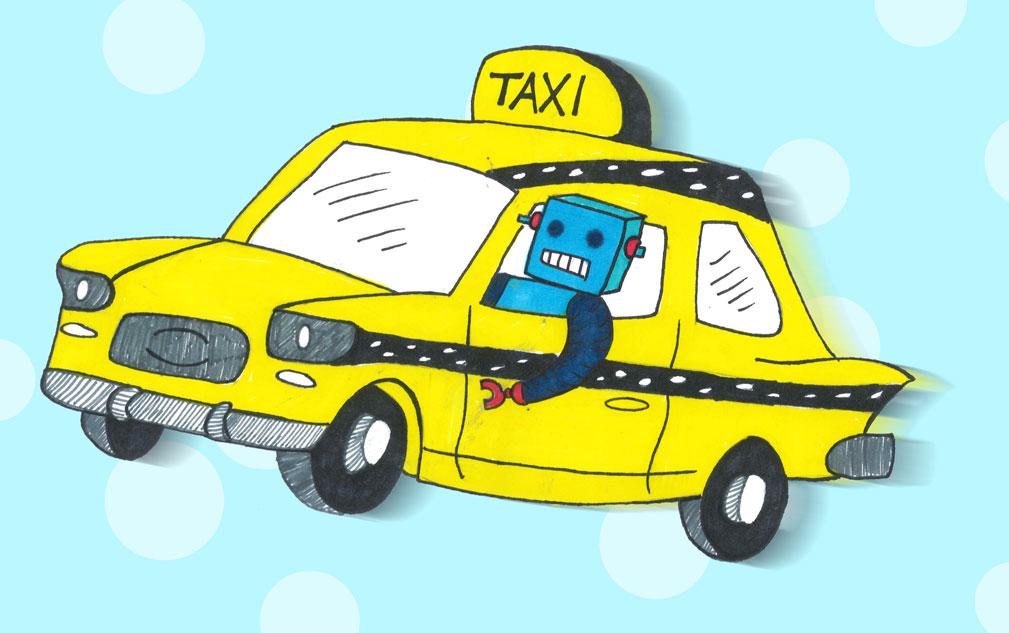In my last piece I looked at the history and current state of electric cars. 2017 is the year when they have the ability to go mainstream with ranges around 300 miles that cost less than $50,000. I also noted that one of the big advantages of electric cars is that they have lower maintenance costs and longer life expectancies. Indeed, there are estimates that current electric cars will be able to drive as far as 800,000 miles. The thing is, most people have no need for that, especially in a car that is basically a rolling smartphone or tablet that quickly becomes obsolete.
So the question is, who would actually need a car that can last for 800,000 miles with minimal maintenance costs, but which becomes obsolete in just three years? In order for that specific combination to be advantageous, it really requires that the vehicle be on the road driving all the time. Literally all the time. To get to 800,000 miles in three years requires driving an average of 30 mph the entire three years, 24/7, 365 days a year.
While normal consumers can’t possibly take advantage of that, services that provide vehicles for transportation can come closer. This includes services that provide rides, whether taxis or ride-sharing, as well as rental car companies. While the idea of having a Tesla for a taxi might seem silly to many readers, if you go to Norway, you’ll find exactly that.
At this point, it is interesting to ask what is the difference between a taxi or ride-share and a rental car? The answer is the driver. The taxi or ride-share has a driver who comes to get you and takes you where you want to go. The rental car generally requires you to get yourself to them to pick up the car that you drive. This distinction would disappear in a world where cars can drive themselves.
That happens to be a world we are very close to living in. When Google first started its self-driving car project in 2009, the goal was to have them commercially available by 2020. Since then, many other players have entered the market, but the date of 2020 has held up quite well.

This year, Elon Musk predicted that Tesla would release a car that you could sleep in while it was driving by 2019. Also significant is the legal side. California has proposed new regulations for autonomous cars under normal usage, not testing, that should go into effect this year.
The real question for me isn’t whether there will be autonomous cars on the road in 2020, it is a question of how fast their numbers will scale once they come out. The plan for the future ride-sharing or car rental companies is nothing less than complete domination of personal transit.
Here is how they see that happening. First, a number of people will start using autonomous ride-sharing services for convenience. In addition to the rides that people do today with taxis or ride-sharing, you might have the occasional overworked professional who wants to reclaim a few hours of their day and continue work on their laptops during the commute. By scheduling such rides in advance, it should be fairly easy to have a near zero wait time.
While that is the start, the real key change comes when scale allows these ride-sharing services to bring the prices down. The general prediction is that the total cost of using an autonomous ride-share will be significantly less than the cost of owning and driving your own car. Predictions range from being half the cost to one tenth the cost when you factor in insurance, maintenance, and the other costs associated with owning and operating your own vehicle.
If they can pull that off, it will be cheaper than not only personal cars, but most public transit, and at that point it will probably convince a fair number of people to switch to autonomous ride-sharing as their primary form of transportation.
The significant implications of a lot of people using autonomous, electric ride-sharing will be the topic of my article next month.







